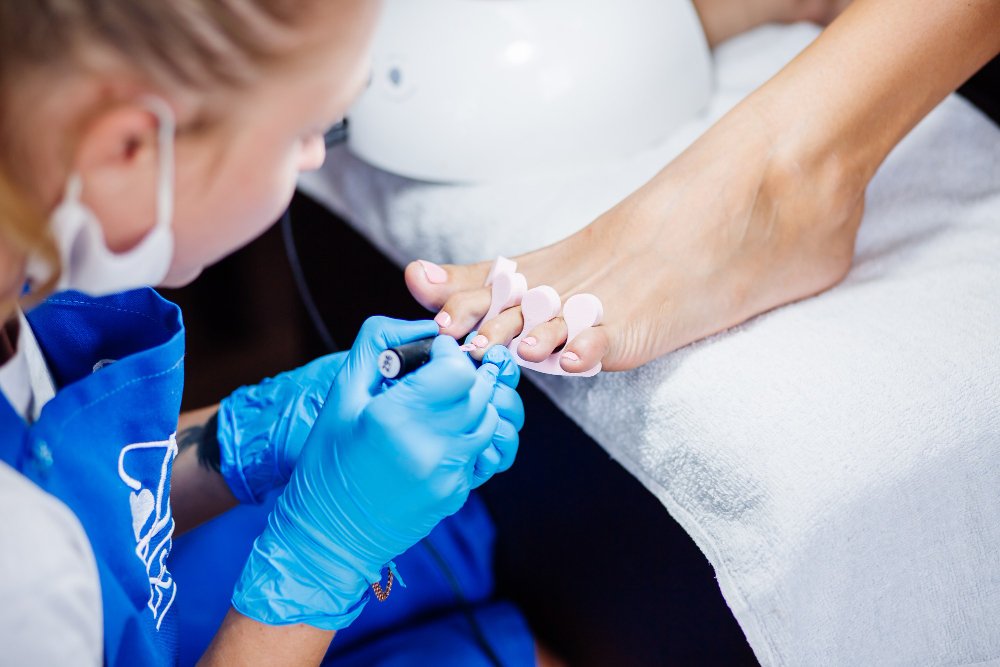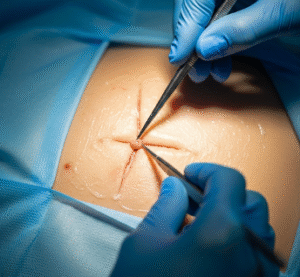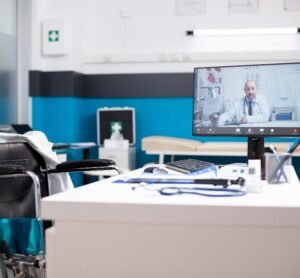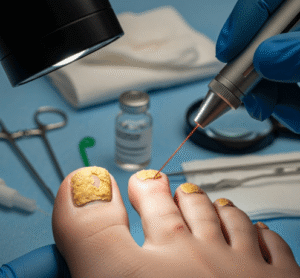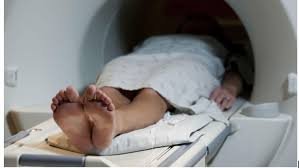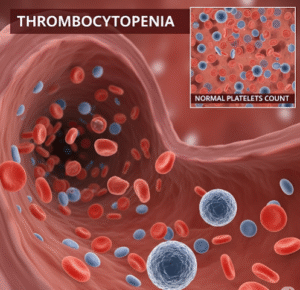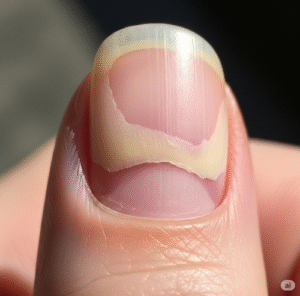Overview
Claw toe is a deformity in which the toe bends into an abnormal claw-like shape. It typically affects the smaller toes and is often caused by muscle imbalance, nerve damage, or underlying conditions like diabetes or arthritis. In Korea, claw toe is managed effectively through conservative treatments, corrective footwear, and advanced surgical procedures in specialized orthopedic and rehabilitation centers.
What is Claw Toe?
Claw toe is a condition where the toe joints bend abnormally — the middle joint (proximal interphalangeal) and end joint (distal interphalangeal) curl downward, while the base joint (metatarsophalangeal) bends upward. This gives the toe a curled, claw-like appearance. Unlike hammer toe, which usually affects one joint, claw toe involves multiple joints, making it more rigid and harder to correct without treatment.
Symptoms
- Toes bent downward in a claw-like shape
- Pain or discomfort when wearing shoes
- Corns and calluses on the tops or tips of toes due to friction
- Redness, swelling, or skin irritation
- Limited mobility in the affected toes
- In severe cases, difficulty walking or balance problems
Causes
- Nerve disorders: Conditions like peripheral neuropathy or stroke
- Muscle imbalance: Weakness of small foot muscles versus stronger long toe muscles
- Trauma: Toe injuries that alter muscle or joint structure
- Arthritis: Joint inflammation causing deformity
- Diabetes: Nerve damage and poor circulation increasing risk
- Improper footwear: Shoes that are too tight or high-heeled
Risk Factors
- Wearing high heels or tight shoes frequently
- Having diabetes or peripheral neuropathy
- Family history of toe deformities
- Aging, as joint and muscle function decline
- Previous foot injuries or fractures
- Neurological conditions such as cerebral palsy
Complications
- Chronic pain and foot discomfort
- Difficulty finding suitable footwear
- Skin problems such as ulcers, corns, or calluses
- Increased risk of infections in diabetic patients
- Impaired mobility and reduced quality of life
Prevention
- Wearing comfortable, wide-toe shoes with adequate support
- Avoiding prolonged use of high heels
- Regular foot exercises to strengthen muscles
- Monitoring foot health, especially in people with diabetes
- Early treatment of underlying conditions like arthritis or neuropathy
Treatment Options in Korea
South Korea provides advanced orthopedic and podiatric care for claw toe, ranging from non-surgical management to surgical correction.
- Conservative Treatments
- Custom orthotics and supportive footwear
- Toe splints, pads, or braces to realign the toes
- Physical therapy exercises to strengthen foot muscles and improve flexibility
- Corn and callus care in podiatry clinics
- Medications
- Pain relievers and anti-inflammatory drugs for discomfort
- Topical treatments for corns or skin irritation
- Surgical Options (for severe or rigid deformities)
- Tendon lengthening or transfer surgery to correct muscle imbalance
- Joint fusion (arthrodesis): Permanently stabilizes the toe in a corrected position
- Phalangeal bone removal (arthroplasty): Improves flexibility and relieves pain

